Most massive stars are born in binaries (and sometimes triples, quadruples, and so on—being single isn’t common for such rock stars!) As stars age, they grow larger in size, and not just a little thickening of the waistline, but a hundred-fold or even thousand-fold expansion! When stars in binaries expand, part of them get close to the other star in the binary, whose gravity can then pull off the outer portions of the expanding star. The result is mass transfer from one star to the other.
Usually mass is transferred gradually. But sometimes, the more mass is transferred, the more mass gets pulled off, in a runaway process. The outer layers of one star completely surround the other in a phase known as the common envelope. During this phase, the dense cores of the two stars orbit each other inside the cloud, or envelope, of gas. The gas drags on the stellar cores, causing them to spiral in; this heats up the common envelope, which may get expelled. The cores may end up more than one hundred times closer than they started.
This common envelope phase is thought to play a crucial role in forming ultra-compact object binaries, including sources of gravitational waves; however, it is also very poorly understood.
In a paper recently accepted to the Astrophysical Journal, Soumi De and collaborators from the ARC Centre of Excellence for Gravitational Wave Discovery (OzGrav) explored the common envelope phase through detailed computer simulations. They used ‘wind-tunnel models’, in which a stellar core, a neutron star or a black hole is buffeted by the ‘wind’ of gas, representing its orbit through the envelope. While this is a simplification of the full three-dimensional physics of the common envelope, the hope is that this approach makes it possible to understand the key features of the problem.
You can watch an animation of one of the models here.
Co-author and OzGrav CI Ilya Mandel explains that “the results revealed the drag forces and the rate of accretion onto the black hole. Together, these allow us to predict how much the black hole will grow during the common envelope phase.”
‘While a naive estimate suggests that black holes should gain a lot of mass during this phase, we find that’s not the case, and the black holes do not become much heavier,’ says Mandel. ‘And this has important consequences for understanding the merger rates and mass distributions of gravitational-wave sources.’

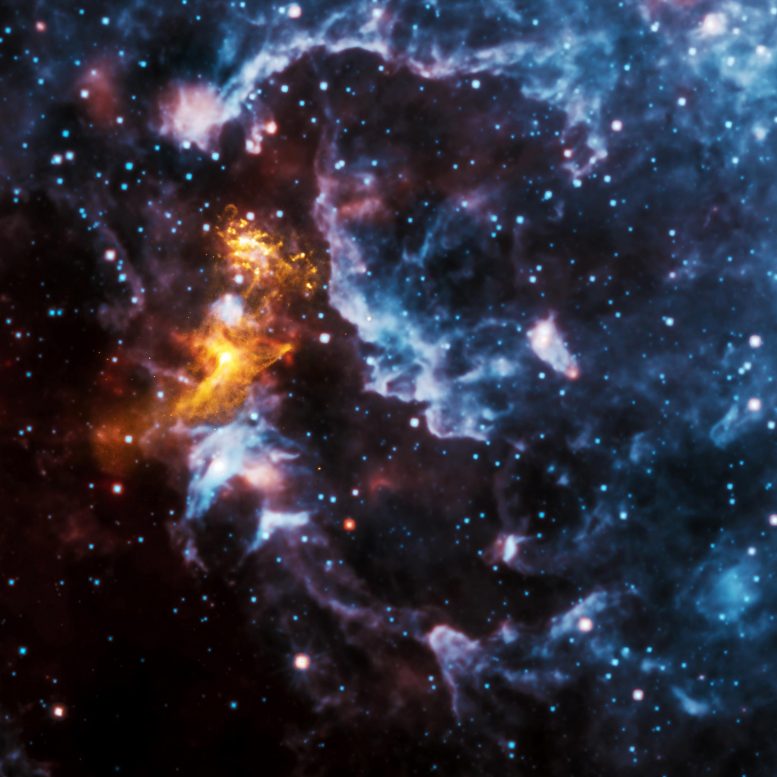
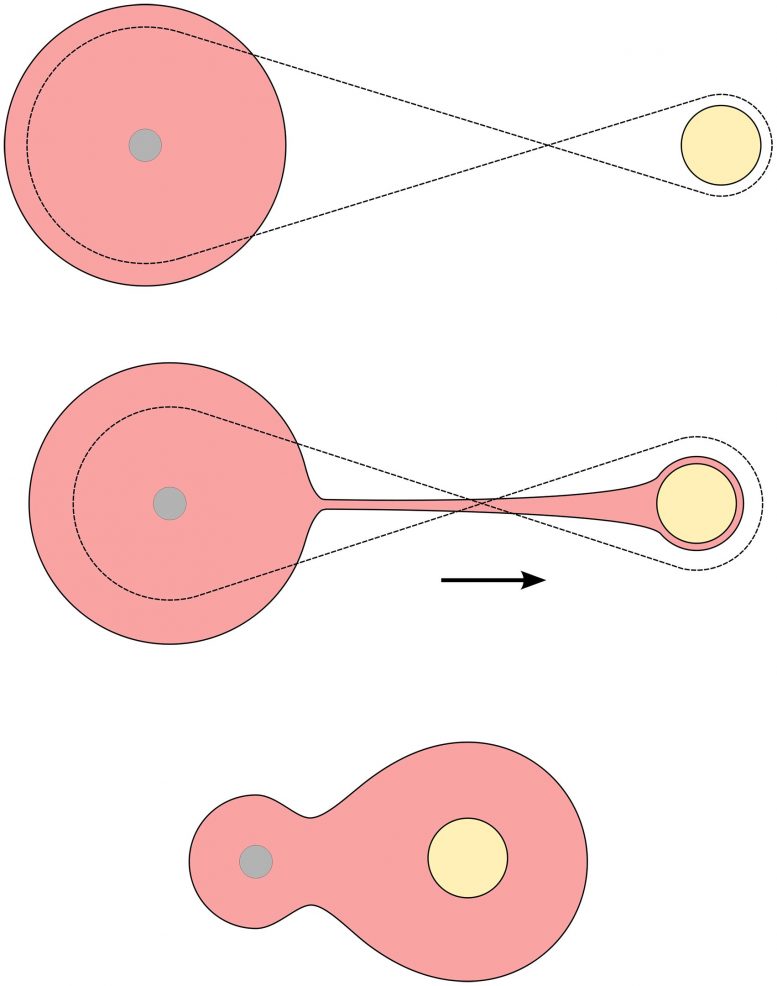


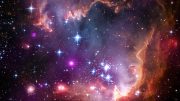
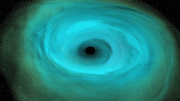
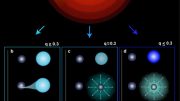
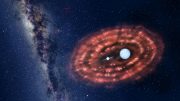

You had me until all the black hole non-science. Thanks but no thanks…